分享到微信,
请点击右上角。
再选择[发送朋友]
或[分享到朋友圈]

本文节选自鲁明军《“IMBODY”:写真、性别与新泛灵族》
宋琨援引“写真”这个词来概括自己的实践。这里的“写真”包含着多层寓意。我们可以将它追溯到中国古代传统中的“写真”,亦称“写照”或“传神”,如南朝梁刘勰在《文心雕龙·情采》中所说的:“为情者要约而写真,为文者淫丽而烦滥。”显然,刘勰所谓的“写真”不仅指如实地描绘事物,还要从中提炼出情感和心志。对宋琨来说,这自然不是简单地回溯历史,她看重的是刘勰所谓的“写真”与“要约”之间的关系。这也是她与一般学院写实的区别所在,宋琨希望在写实的基础上,衍生一种新的美学。事实上,所有的画面都有对象和图像母题,为此,宋琨甚至花了很长一段时间和精力去搜寻、重构各种相关的实物和图像资料,有时也会使用日常抓拍。那么,画面中既有实物和人体写生,也有转译的图片,也不乏她的想象与虚构,关键在于如何综合这些图像元素。在这个意义上,也可以说宋琨是以自己的实践重申了图像学在当代绘画中的应用。可即便如此,今天当我们第一眼看到“写真”二字时,首先想到的既非古代“写真”,亦非学院写实,而是流行日本的各种人像摄影集。“写真”在日本原本是摄影和照相的代称,但在我们的印象中,它总是和日本的流行文化(比如AV、玩偶等)联系在一起。于是,“写真”二字本身便成了一眼可辨的图式和符码。这亦可以解释她何以选择同样流行日本的视觉系玩偶SD、BJD(包括赛博格和SM身体等)作为描绘的对象,因为它们和AV、玩偶一样,都是由某种观看的欲望所建构和塑造的。
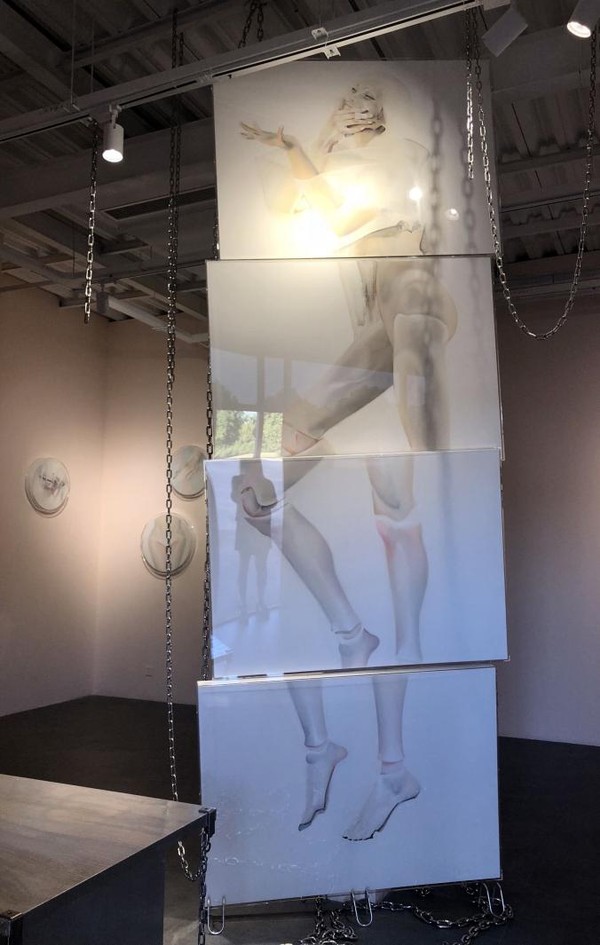
宋琨“写真.女体”个展现场作品:赛博格躯体Cyborg Body - Hierarchical Dislocation 布面油画,亚克力罩,金属铁链 360cmx125cm 上海Sssstart项目空间 2019
显然,宋琨肉身化的心理重组,即其所谓的“IMBODY”,并不只是将SD、BJD肉身化,也不只是为了揭示人类固有的“IMBODY”逻辑和“赛博格”美学,就像“IMBODY”双重的意涵——它既是“EMBODY”(使躯体化,使肉身化)的变体,也是“I’m body”(肉身即本体)的缩写——所指的,在某种意义上,艺术家对于身体及其自主性的重申恰恰是为了将这些玩偶从被操控中解放出来,从而赋予其超越人和SD、BJD本身的一种新的生命形式。这一生命形式依然保留着人和SD、BJD固有的社会(工业)逻辑和秩序,同时又泛着一层超越这一结构和逻辑的透明和灵晕。
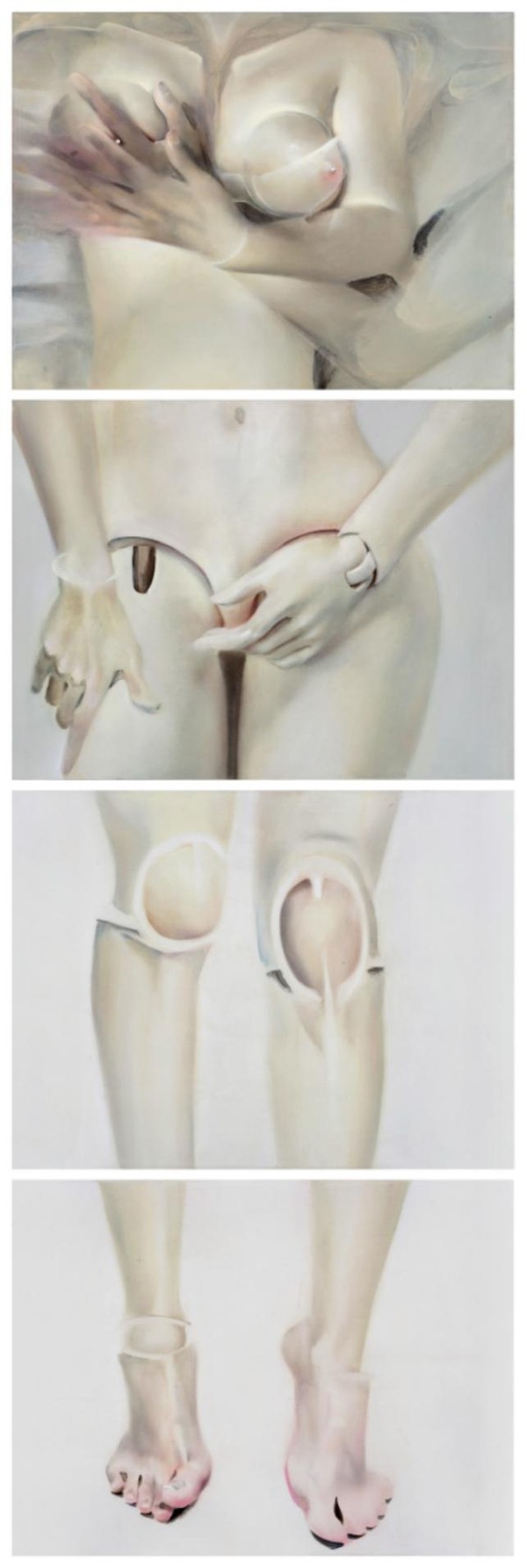
宋琨“写真.女体”个展现场作品 赛博格躯体-完美的你 Cyborg Body -Perfect You 布面油画,亚克力罩 2019
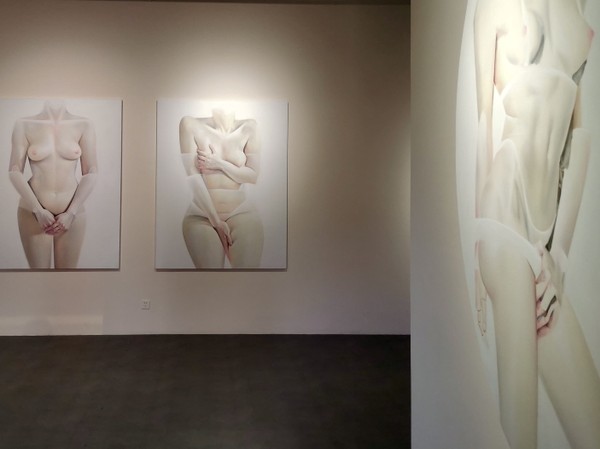
展览现场
宋琨很少关心艺术系统,她并不指望这个系统、这个世界会变得有多好。“人无往不在枷锁之中”(卢梭),这也许是她越来越对人的身体结构感兴趣的因由所在。2016年,在由柏林女子监狱改造的某艺术机构驻留的40天内,对于身体的禁锢、刑罚与反抗、秩序与反秩序以及性别的自然属性和社会身份等问题她有了更深的体认和感知。此次展览(即2019年新展“写真·女体”)的布局中,也明显掺杂着不少监狱刑罚现场的元素。展厅墙面上刷了一层淡淡的裸色,与画面中的女性身体融为一体,配以展厅中悬挂的工业用铁链、金属色操作台和(医疗,抑或性趣)器械——包括对于身体的捆绑,皆营造了一抹如SM般的情色意味。由是,身体在欲望与囚禁两个极端之间便构成了一种奇特的化学反应,“IMBODY”这个概念的灵感便源于此。也许在艺术家眼中,已然沦为商业流水线工程的当代艺术展厅机制与监狱、SM空间并无根本的区别,它们都是复杂人性的产物。
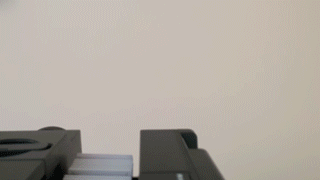
展览现场:艺术家创作图像素材,幻灯机播放
就像SD、BJD的身体结构和与人的奇妙关系,宋琨说:“你可以随意装扮它、摆弄它,但不能改变它基本的结构和能动的范围,除非彻底破坏它。”[1]人的身体本身其实也是如此,即便其常常处在被控制和摆弄中,但只要不逾越其有限的自由度,就能生存下去。展览中的MV《循环动作》(2019)无疑是这一系列最好的注脚。影像中,一位Popping[2]舞者混合赛博格和太极功夫、Cosplay等不同形式的表演,伴随着音乐节拍和简单的歌词“吞噬、禁锢、复制”,机械地重复着她自创的这一系列肢体动作。尽管MV中的自我身体尚未彻底经过社会(消费)工程的同质化改造,依然保持着肉身的物理属性,但同样在某种束缚之中。而宋琨想传递的是,即便如此,我们依然能感受到身体的有限自由。而这也使她越来越加相信,一个人的生命力其实取决于他/她的韧性和迂回的智慧。与其说这是身体的遭遇和命运,不如说是一种生存的基本动力和策略。诚如克里斯托夫·沃尔夫(Christoph Wulf)所说的:“自古以来,人们总是通过人的身体去获得人的形象。这种身体图像就是人的形象,正如人类的表演总是身体表演一样。”[3]
[1]鲁明军:《对话宋琨》,2019年9月11日,宋琨工作室(北京),未刊稿。
[2] Popping源于模仿机器人的默剧表演(RobotStyle),通过控制身体各部位关节及肌肉的放松与收紧产生的“震动/爆点”效果,结合Robot(机器人)、Wave(电流)及街头文化,是一种自由与规律结合的肢体风格。
[3]克里斯托夫·沃尔夫:《人的表演:想象、表演与文化》,陈红燕译,彭正梅校,上海:华东师范大学出版社,2018,第57页。
This article is adapted with permission from Lu Mingjun's article "IMBODY: Portrait, Gender and the Animization of a New Race"
Song Kun uses the term “xiezhen”(“true portrayal”) to sum up her practice. This term, often used interchangeably in Chinese with “portrait,” encompasses multiple layers of meaning. We can trace it back to the concept of the “portrait” in ancient Chinese tradition, which was synonymous with such terms as “xiezhao” and“chuanshen.” As Liu Xie of the Southern Dynasties period wrote in The Literary Mind and the Carving of Dragons in the chapter titled Emotionand Literary Expression, “That which is written for emotion is concise and gives a true portrayal (xiezhen), while that which is written for the sake of writing is vulgarly flamboyant and excessive.” Evidently, Liu Xie's concept of “true portrayal” refers not only to a faithful depiction, but also the refinement of emotion and fortitude. For Song Kun, this is naturally not a simple retracing of history. What she cares about is the relationship Liu Xie describes between “true portrayal” and “concision.” This is also where she differs from the ordinary realism of the academy: Song Kunhopes to develop a new aesthetic on a foundation of realism. In fact, each painting has an object and an image motif. To this end, Song Kun spends a great deal of time and effort searching for and reconstructing various related objects and image materials, sometimes employing everyday candid photography. The resulting pictures include objects and figures painted from life, as well as translated images, along with no shortage of products of her imagination and fabrication. The key is in how these image elements are synthesized. In this sense, one could say that Song Kun uses her own practice to reappraise the application of iconography in contemporary painting. In any case, when we hear the word “xiezhen” today, the first thing that comes to mind is not the ancient sense of “true portrayal,” or the realism of the academy, but the portrait photography collections popular in Japan. The term, pronounced “shashin” in Japanese, was originally synonymous with photography and photographs, but in our minds, it has always been linked to Japanese pop culture, associated with such things as AV (adult video) and dolls. In this way, the characters for“xiezhen/shashin” have become a recognizable sign and schema in and of themselves. This can also explain why she would choose the visual kei SD and BJD dolls (as well as cyborgs and BDSM figures), equally popular in Japanese culture, as objects of depiction, because they, like AV and dolls, are constructed and shaped by a particular gaze of desire.
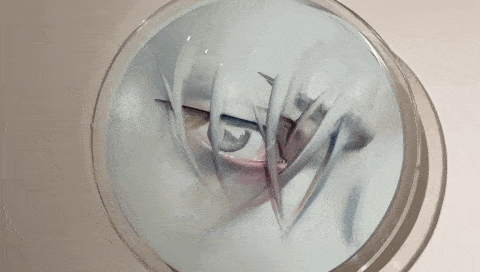
Song Kun, Tell Me Why, 50cm dia.,2019
Evidently, Song Kun's corporealized psychological rearrangement, the so-called “Imbody,” is not just the corporealization of the dolls, nor is it just in order to draw attention to humanity's existing logic of “embodiment” and cyborg aesthetics. Just as the double entendre in the term “Imbody” implies—it is both “embody” (to make physical or corporeal), as well as “I’m body” (flesh in itself)—in a certain sense, the artist's reappraisal of the body and its subjectivity is in order to liberate these dolls from their state of being controlled, and to bestow them with a new living form that transcends that of people and of dolls. This new living form maintains the existing social (industrial) logic and order between people and dolls, while also infusing it with a layer of transparency and aura that transcends this structure and logic.
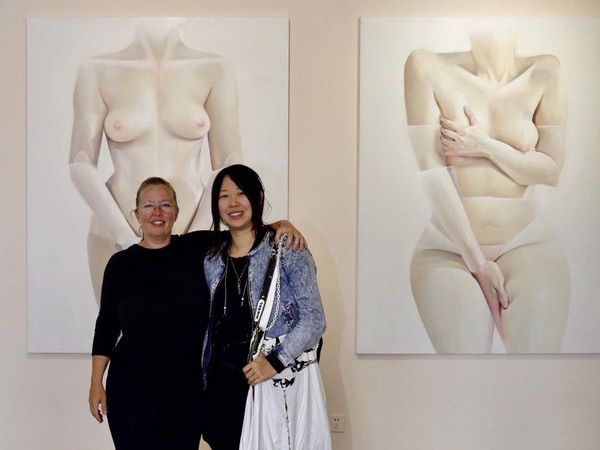
宋琨个展开幕现场:艺术家宋琨和英国女艺术家珍妮·萨维尔(Jenny Saville)
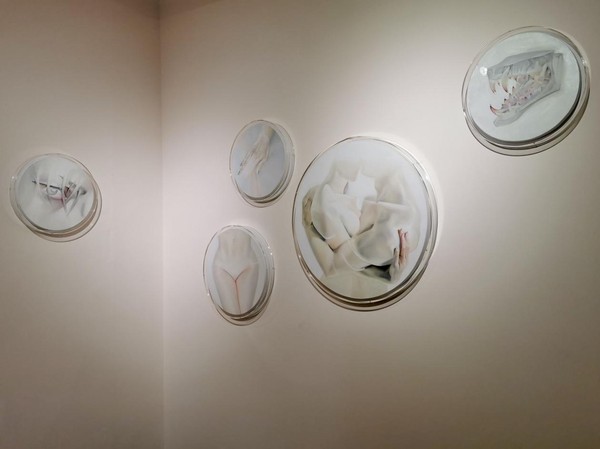
Installation view
Song Kun pays little heed to the art system and holds out no hope for this system, or the world, becoming any better. “Man is everywhere in chains” (Rousseau). This is perhaps why she has grown increasingly interested in the structure of the human body. In 2016, during a forty-day residency at an art institution in a former Berlin women's prison, she had a much deeper experience and perception of the confinement of the body, of punishment and resistance, of order and dissent, and of the natural properties of gender and social identity. The layout of this latest exhibition (IMBODY – FeelingReal · Nude, 2019) also clearly incorporates various elements of a prison scene. The walls of the exhibition space are painted in a light flesh tone, blending with the female bodies in the paintings, and various industrial chains, chrome control panels and instruments (medical or sexual) are hung around the space, alongside the binding of the body, all coming together to form connotations of bondage porn. In this way, a magical chemical reaction takes place between the two extremes of the desire and confinement of the body. This is the source of inspiration for the concept of “Imbody”. Perhaps, as the artist sees it, there is no essential difference between the contemporary art exhibition space mechanism, which has descended into a commercial production line, and prisons and BDSM spaces: they are all products of human complexity.
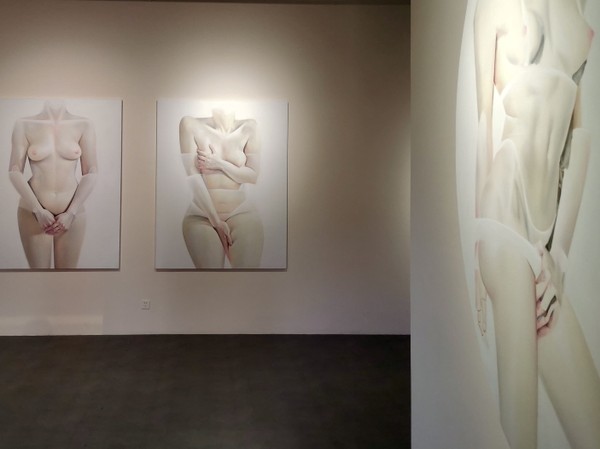
宋琨“写真.女体”个展现场作品 上海Sssstart项目空间
It is just like the fascinating relationship between the body structure of ball-jointed dolls and people. Song Kun says, “You can dress them up and pose them however you want, but you can't change their basic structure or range of motion without completely breaking them.”[1] The human body is actually the same. It is often being controlled or toyed with, but as long as it does not exceed the inherent limited freedom, it can continue to survive. The music video Looping(2019), featured in this exhibition, is undoubtedly the best footnote to this series. In the video, a popping[2] dancer mixes cyborg, shadow boxing, cosplay and other various movement styles and performance forms to the rhythm of the music, accompanied by the minimalist lyrics—“eat me, kid me, imprison me, copy me”—in a mechanical reproduction of the poses the artist creates. Though the body in the music video has not been completely homogenized and transformed by social (consumption) engineering and still retains its physical properties as flesh, it remains in a certain state of confinement. But what Song Kun wishes to convey is that even so, we can still feel the body's limited freedom. And this has made her increasingly firm in her belief that a person's vitality is determined by their tenacity and circuitous wisdom. This is not so much the predicament and fate of the body as it is the basic motivation and strategy of survival. As Christoph Wulf said, “Since ancient times, people have always used the body to obtain the human image. This image of the body is the image of humanity, just as human performance is always bodily performance."[3]
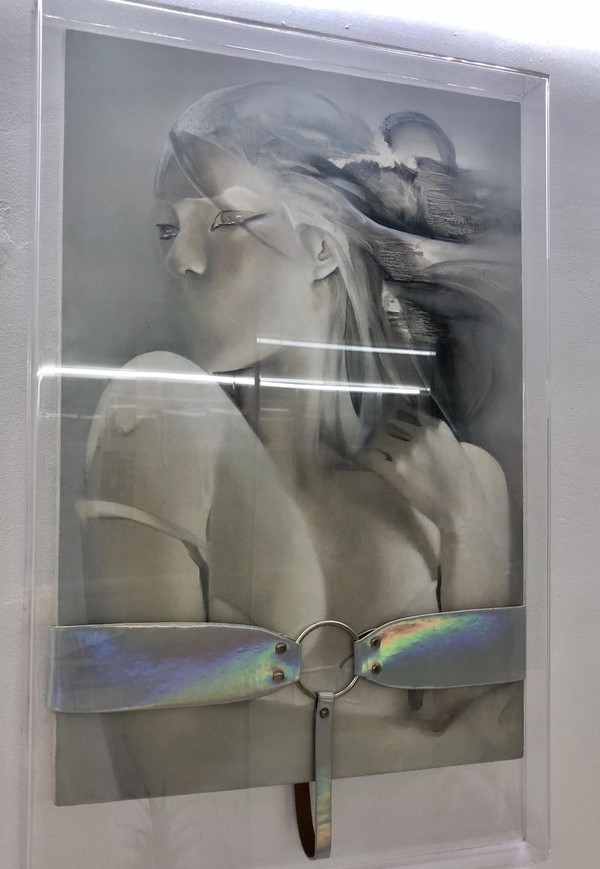
宋琨“写真.女体”个展现场作品:“被禁锢的身体 ” No.2 布面油画,镭射腰带,亚克力罩 上海Sssstart项目空间 2019
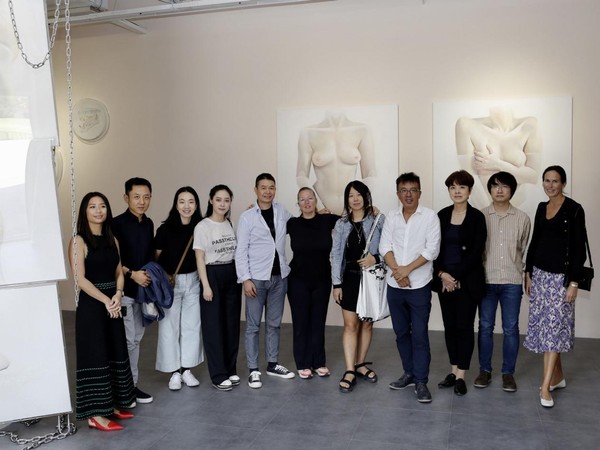
宋琨个展开幕现场 :艺术家宋琨,珍妮·萨维尔(Jenny Saville),刘小东,喻红,星美术馆馆长、知名藏家何炬星先生,星空间画廊房方先生,高古轩画廊(Gagosian Gallery)画廊代表等
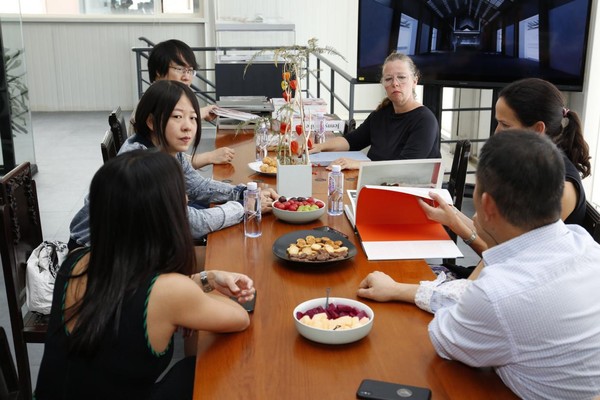
宋琨个展研讨会 :艺术家宋琨,珍妮·萨维尔(Jenny Saville),刘小东,喻红,星美术馆馆长、知名藏家何炬星先生等
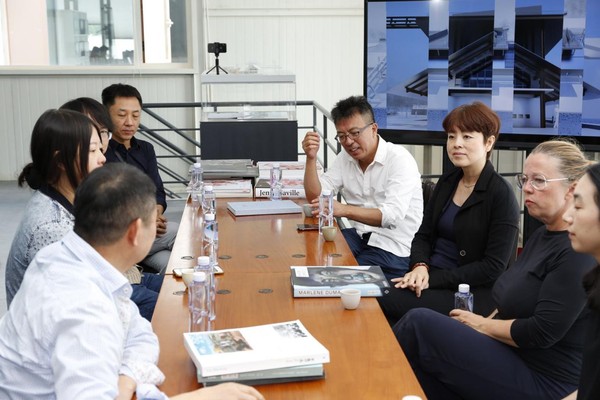
宋琨个展研讨会 :艺术家宋琨,珍妮·萨维尔(Jenny Saville),刘小东,喻红,星美术馆馆长、知名藏家何炬星先生等
[1]Lu Mingjun, Discussion with Song Kun, September 11, 2019, Song KunStudio, Beijing, unpublished.
[2]Popping is rooted in a mime performance of robot movements known as “robot style” that involves controlling the tension and relaxation of various muscles and joints to produce a “wave” or “pop” effect. Incorporating such street dance styles as the “robot” and “wave,” this is a style of movement that combines freedom and order.
[3]Christoph Wulf, Bilder des Menschen: Imaginäre und performative Gundlagen der Kultur, Chen Hongyan, trans., Peng Zhengmei, proof, Shanghai: East China Normal University Press, 2018, p. 57.
鲁明军,四川大学艺术学院讲师。历史学博士。独立策展人,批评家。
Lu Mingjun, lecturer of Arts College of Sichuan University. PhD in history. Independent curator, critic.
“艺术家谱系”是星美术馆筹备组于2018年10月推出的一个艺术家创作研究项目,该项目开创性地建立以艺术家个人谱系及艺术创作的相互关系为对象的持续性学术研究平台。项目为艺术家个案研究展开了一个随机的视角,以切片式截取艺术家创作的当下状态和阶段性创作成果,客观扫描艺术家自我挑战的历史瞬间。项目通过勾连艺术家个人经历、知识渊源及艺术思考逻辑等多维度因素,建立艺术家的基础研究,并以此观察和探讨艺术家在自身艺术创作过程中影响其艺术“生成”的种种因素和其间的深刻关系。项目将展开对个案艺术家从展览作品、出版、声音文献、图像文献以及过往文献等研究,多线索梳理艺术家的艺术生成。
“Genealogy Study of Artists” is a research project on artist creation brought out by the preparation team of Start Museum in October 2018. This project innovatively establishes a continuous academic research platform that is based on the interrelationship between the genealogy of the artist and his/her artistic creation. The project provides a random view towards the case study of an individual artist, capturing a slice of the present status of the artist’s creation and periodic achievement, and objectively scans the historical moment of self-challenging of the artist. By relating the personal experience, the source of knowledge and the logic behind the artistic thinking, the project intends to build up a foundational research on the artist, through which observation and discussion over the various factors that would affect the process of creation of the artist and their relationships are made possible. The project intends to research on the exhibition artworks, publications, audio and visual archives, as well as the previous archives of the artist, in order to depict the artistic production of the artist in multiple ways.
关于SSSSTART
SSSSTART是上海星美术馆的筹备组所在地,坐落于上海市徐汇区西岸营地。SSSSTART希望通过研究与策展,对当代艺术历史及当下的理念表述和形态展示提供探讨空间,以拓展其多维度的可能性。目前,SSSSTART以艺术家个案项目“艺术谱系研究”和当代艺术横向研究“没有信息是中立的”为主线,从横纵两个方向展开对当下艺术文化的探讨和梳理。
开放时间:周一至周五 10:00am - 6:00pm
联系方式:info@startmuseum.com
About SSSSTART
SSSSTART is the office of START MUSEUM preparatory team, located in CAMP 3399 in Xuhui District, Shanghai. It aims to provide a discussion space for contemporary art history, as well as the expressions of ideas and forms of display, through its research and curatorial exhibitions. At present, SSSSTART takes the artists’ case study project "Genealogy Study of Artists" and the contemporary art horizontal study project “Being Information" as the main line to discuss and sort out the current art and culture from both vertical and horizontal directions.
Opening Hours: Monday to Friday 10:00am - 6:00pm
Contact: info@startmuseum.com

分享到微信,
请点击右上角。
再选择[发送朋友]
或[分享到朋友圈]

